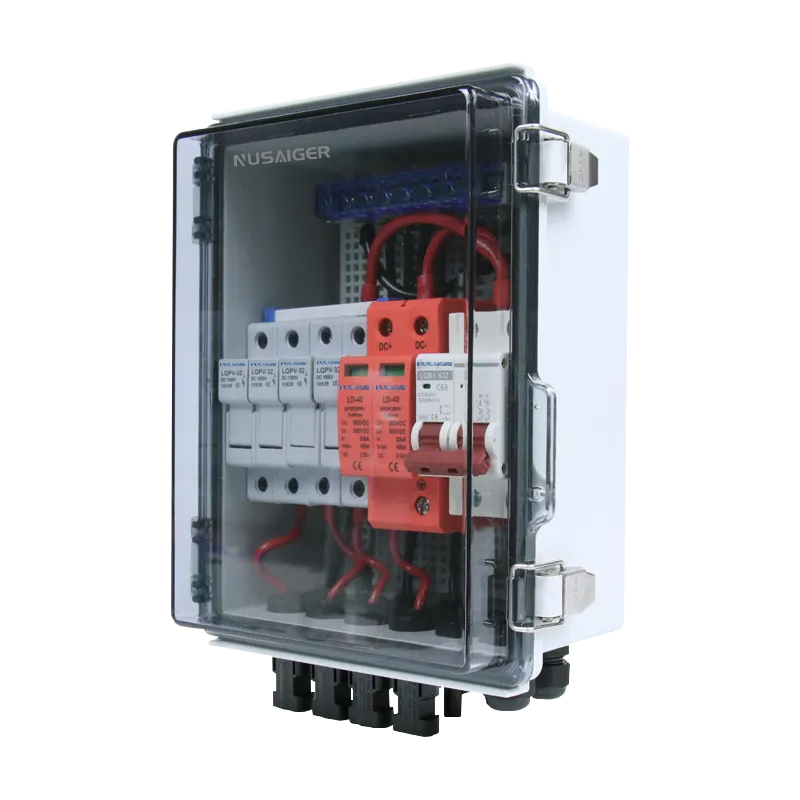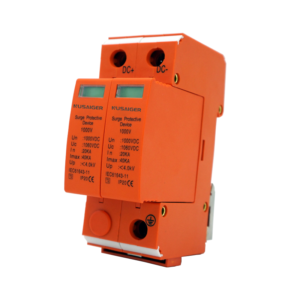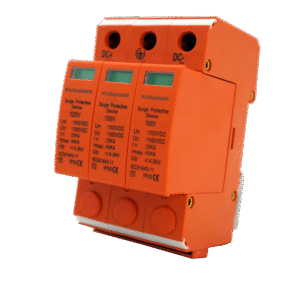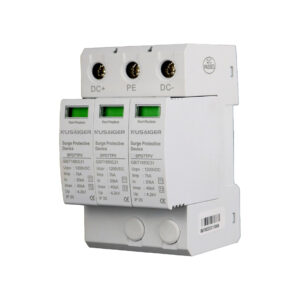Introduction
Utility-scale solar installations require much more than just panels and inverters. At the heart of the system’s wiring and energy aggregation is the PV combiner box. Its role becomes even more essential as system size and complexity grow.
Centralized Collection for Efficiency
In a solar farm, each row or group of solar panels (strings) feeds into a combiner box. This centralizes their output into a single feed, minimizing wiring costs and improving layout clarity.
Reduced CAPEX and OPEX
Fewer cables = lower installation costs
Simplified maintenance = reduced operational costs
Fault localization = faster resolution and minimal downtime
Enhanced Safety in Harsh Environments
Large-scale projects often operate in desert, coastal, or high-altitude regions. Industrial-grade combiner boxes offer:
High corrosion resistance
Dust and humidity protection
Internal temperature management
Advanced Data & Communication
Some advanced combiner boxes offer real-time data transmission to centralized SCADA systems. This allows for:
String-level performance analysis
Early detection of degradation or anomalies
Predictive maintenance planning
Case Study Highlight
A 50MW solar farm in Australia integrated 120 PV combiner boxes with built-in string monitoring. The site reported a 15% improvement in maintenance efficiency and reduced power losses by 8%.
Conclusion
In large-scale solar, a reliable PV combiner box isn’t just optional—it’s essential. Choose one built for scalability, durability, and smart management.



